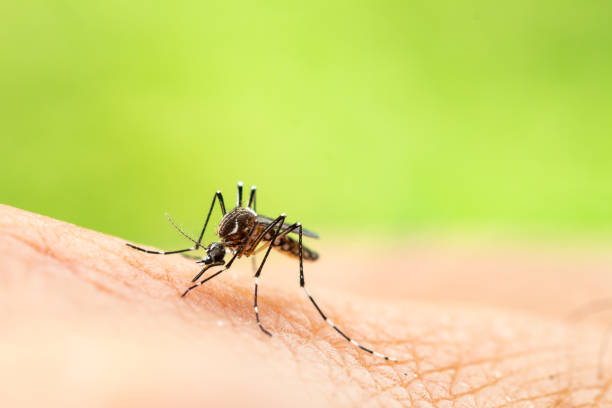Malaria, a potentially fatal disease spread by mosquitos, is common in tropical locations around the world. In this post, we will look at some of the most important information concerning malaria, such as its symptoms, disease burden, prevention, and therapy.
Malaria: Overview
Malaria is transmitted through the bites of infected female Anopheles mosquitos, which is caused by a parasite that affects humans. The disease can also be transmitted by blood transfusions or contaminated needles. Malaria symptoms range from moderate to severe and may include fever, chills, headache, lethargy, disorientation, convulsions, and difficulty breathing.
Infants, children under the age of five, pregnant women, travellers, and individuals with HIV or AIDS are at higher risk of severe infection. Malaria can be avoided by avoiding insect bites and taking treatments. In mild situations, early treatment can prevent the infection from progressing.
Malaria Symptoms
Malaria symptoms might occur within 10-15 days of being bitten by an infected mosquito. Early signs include fever, headache, and chills, though some people may experience minor symptoms if they have already had malaria. It is critical to get tested early because some symptoms are not unique to malaria.

Image source: iStock
If you have severe symptoms such as extreme exhaustion and fatigue, altered consciousness, multiple convulsions, difficulty breathing, dark or bloody urine, jaundice, or abnormal bleeding, get emergency medical attention. Malaria during pregnancy can result in early labour or a baby of low birth weight.
Disease Burden
According to the most recent World Malaria report, there were an estimated 263 million malaria cases with 597 000 malaria deaths globally in 2023. 94% of malaria cases (246 million) and 95% (569,000) of malaria deaths were from the WHO African Region. Children under the age of five accounted for about 76% of all malaria deaths in the region.
Prevention
Malaria can be avoided by avoiding insect bites and taking treatments. Sleeping under mosquito nets in malaria-prone locations, using mosquito repellents containing DEET, IR3535, or Icaridin, coils and vaporizers, protective clothing, and window screens can all reduce your chance of contracting malaria.

Image source: iStock
Indoor residual spraying and insecticide-treated nets are extremely successful at preventing infection and disease transmission. Travellers to malaria-endemic areas are advised to begin chemoprophylaxis several weeks before departure.
Treatment for Malaria
Malaria is treatable, and treating mild cases early might prevent the infection from becoming severe. The parasites that cause malaria can be killed by antimalarial medicines. Treatment options vary according to the kind of malaria and the severity of the infection.
Severe instances may necessitate hospitalisation as well as injectable treatments. To avoid re-infection, it is critical to complete the entire course of therapy and implement preventive measures.
Conclusion
Malaria is a preventable and treatable disease that has a severe public health impact, particularly in the WHO African Region. Avoiding mosquito bites, taking treatments, and vector control are all preventive methods. Early detection and treatment can help to avoid serious problems and limit the chance of transmission. We can work together to lower the occurrence of malaria and enhance world health by adhering to these fundamental facts and practises.